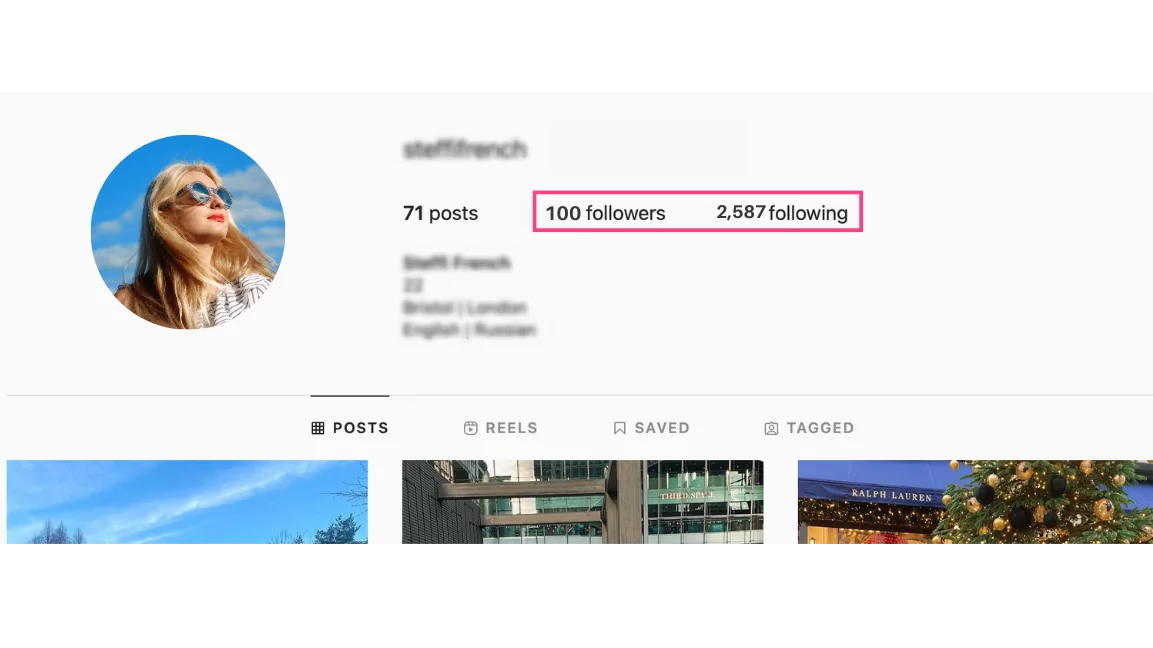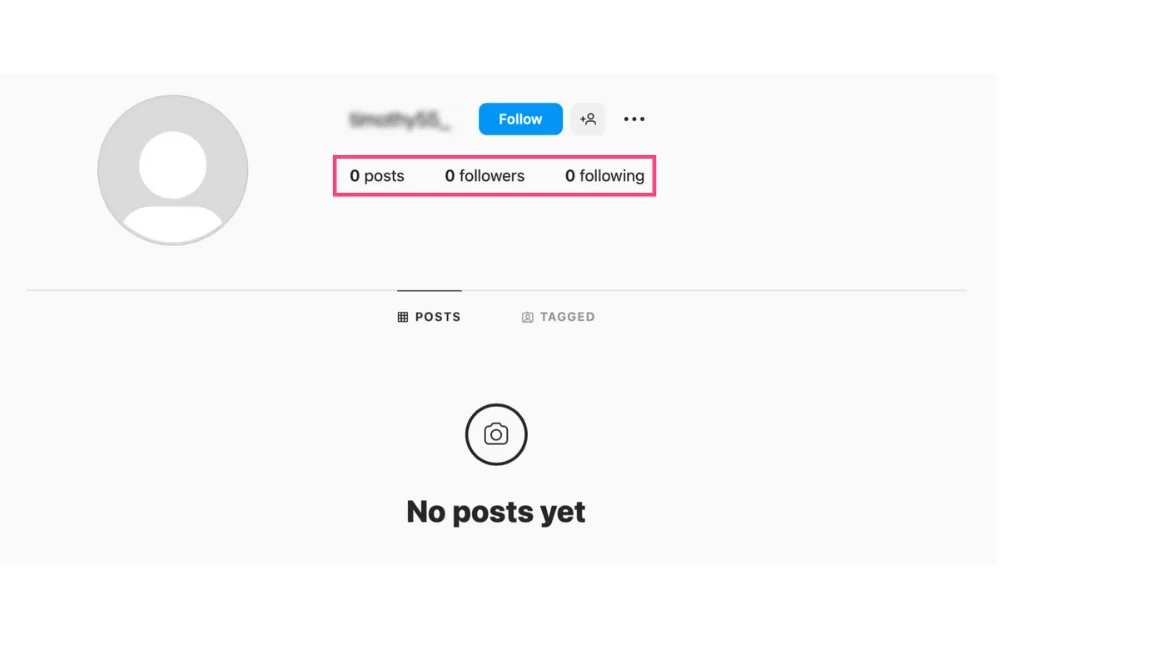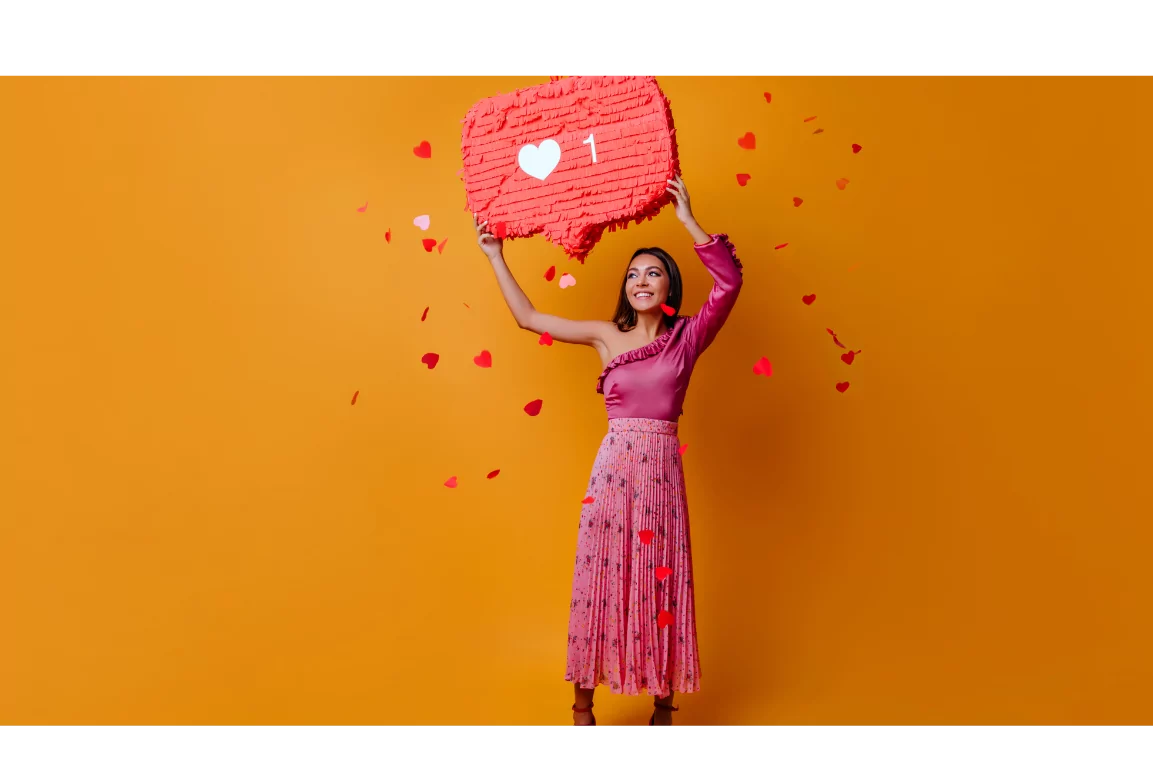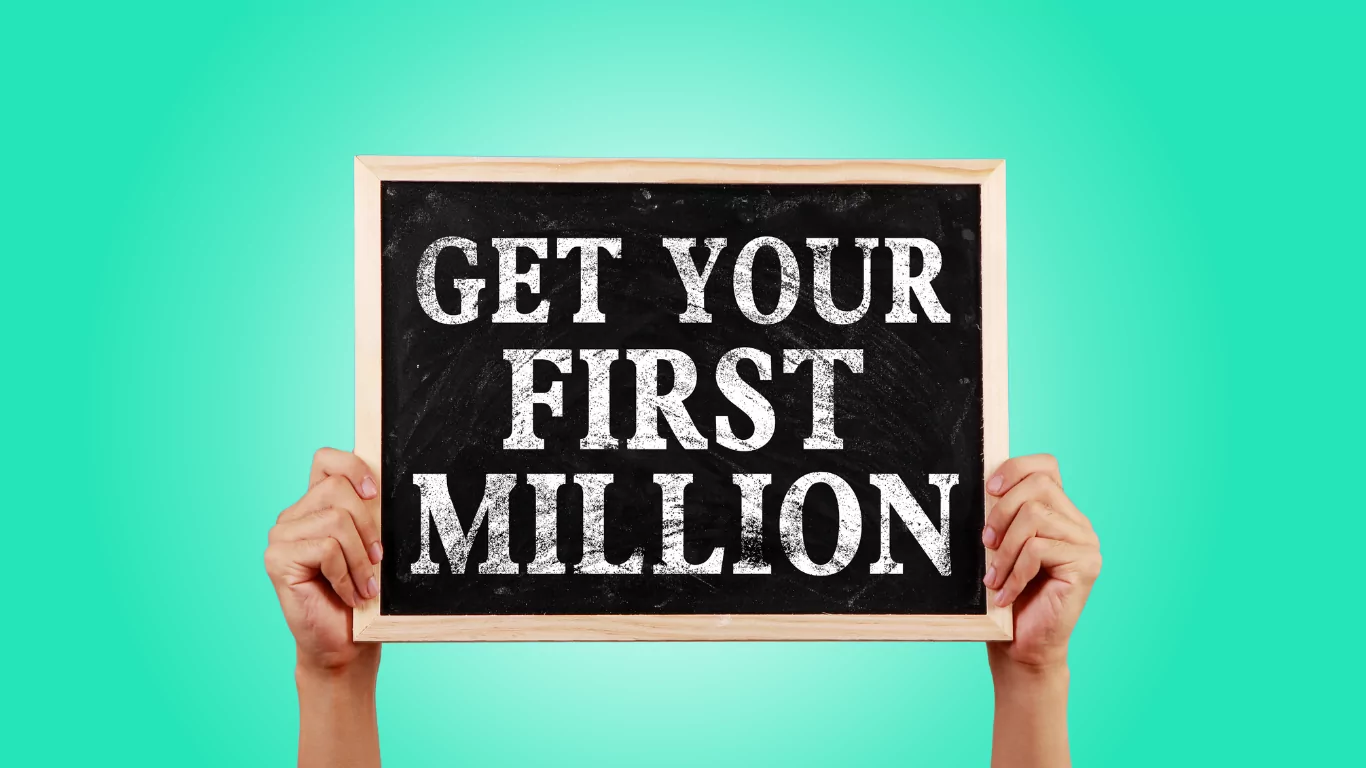Working with influencers is a great way for a brand to expand its presence, audience and create user-generated content, although brands need to carefully look into an influencer’s following before initiating a partnership in case of fake followers.
As influencer marketing continues to soar, influencer selection becomes even more crucial to a campaigns success.
Why people buy followers
With powerful platforms like Instagram and TikTok, it’s not unusual for people to have hundreds of thousands of followers. Some people mistakenly think the most important factor for social media success is the number of followers somebody has.
However, social influencers sometimes buy fake followers to boost their follower count to appear as though they have more social influence and popularity than they actually do.
The problem with buying followers is that it gives you a very unbalanced account. You may have thousands of followers but you will have very little engagement.
Brands should be aware of influencers buying fake followers or getting their followers for free.
Signs of fake followers
Unfortunately Instagram (and every other social media platform) cannot eliminate all fake accounts, although it has been attempted. Determined scammers will find a way around security measures.
However, removing all fake followers is impossible. So here are several signs to help to determine whether an influencer has fake followers.
1. Unusual following numbers
The first way to identify whether your influencer has fake followers is by seeing a significantly unbalanced ratio between the number of followers and the number of accounts followed. If the number of accounts they follow vastly outweighs their own followers, it’s likely the profile isn’t genuine.

Genuine influencers tend to have similar patterns when it comes to following and follower numbers; authentic influencers are likely to have more accounts that follow them than people they follow.
2. A sudden increase in followers
In a case of normal follower growth, trends will be fairly consistent over time. A sudden increase in followers may indicate artificial ways of acquiring them. If an influencer is followed by users that have not posted and/or lack a profile picture, you can assume these followers are fake.

However, keep in mind that there are cases of posts going viral resulting in a rapid increase of followers overnight.
3. Very low or very high engagement rates
At first glance, influencers with large numbers of followers could look appealing as they seem to offer huge audience reach. However, a quick way brands can figure out whether an account has fake followers is through looking at discrepancies by comparing the number of likes and comments to the number of followers.

Very low engagement rate indicates they have fake follower accounts whereas high engagement rates suggests they have automated engagement bots among their followers.
Genuine accounts tend to have similar patterns within their engagement rates, which are typically reflected in their follower and following count.
4. Spammy and irrelevant comments
If you are still unsure of whether an influencer account has fake followers or not, take a look at their comments section!
You can normally spot genuine comments as they’ll usually directly reference the content in the post. Comments that are repetitive or very generic like ‘good job’ and ‘great photo’ are usually due to fake followers and bots.
Here are some examples of spammy and irrelevant comments:
- Repetitive comments (e.g. ‘Beautiful’, ‘Great photo!’ and ‘Wow!’)
- Out-of-context comments (e.g ‘Beautiful girl’ on a landscape photo)
- Comments using only emojis
It’s also good practice to check the accounts that are making these types of comments. They usually have very few or no followers and likely to have generic or random Instagram handles – big giveaway for bots!
How Dyzio tackles fake followers
With the popularity of influencer marketing seeing no sign of decline, the need for brands to analyze influencer followers is becoming prevalent.
Dyzio has developed a range of tools to help brands analyse an influencer’s followers. Dyzio can produce an audience credibility score for each creator by assessing the following criteria:
- How many verified followers are there? (verified followers are good)
- How many posts do the audience members have? Audience members with low posts are (less than 5) are more likely to be bots.
- If the audience member has more than 50 posts we consider that a GOOD account.
- If the audience member has an anonymous picture we consider that a BAD account – highly likely to be a bot or rubbish account.
- Does the audience member have a profile pic with no faces in it? Highly likely to be a bad account.
If you’d like to tap into the power of influencers or gain a deeper understanding of your influencers audience credibility, get in touch below or email info@dyzio.co

